Food myths travel fast—and once they land in a friend’s kitchen, they tend to stick. Even well-meaning cooks can pass along advice that sounds smart but falls flat in practice.
Some of these tips are leftovers from outdated cookbooks, while others spread like wildfire through social media and never get fact-checked. They might sound helpful, but many actually lead to flavorless meals, wasted ingredients, or unsafe habits.
This list breaks down 15 popular food tips that it’s time to let go. Cooking gets better when you trust your senses, science, and a little common sense.
1. Searing Meat Seals In The Juices

This one just won’t die. Searing does not trap moisture inside—it simply browns the surface and adds flavor through caramelization. Meat continues to release juices during cooking, no matter how crispy the crust is.
What searing does do is build the base for a delicious sauce or gravy. For juiciness, the real trick is not overcooking and letting the meat rest before slicing.
2. Microwaves Destroy All Nutrients

Microwaves often preserve more nutrients than boiling or pan-frying. Because they cook quickly and require little water, vitamins like C and B often stay more intact.
Steaming veggies in the microwave is one of the best ways to keep their nutrition and color. It’s fast, efficient, and far from destructive.
3. You Should Rinse Pasta After Cooking
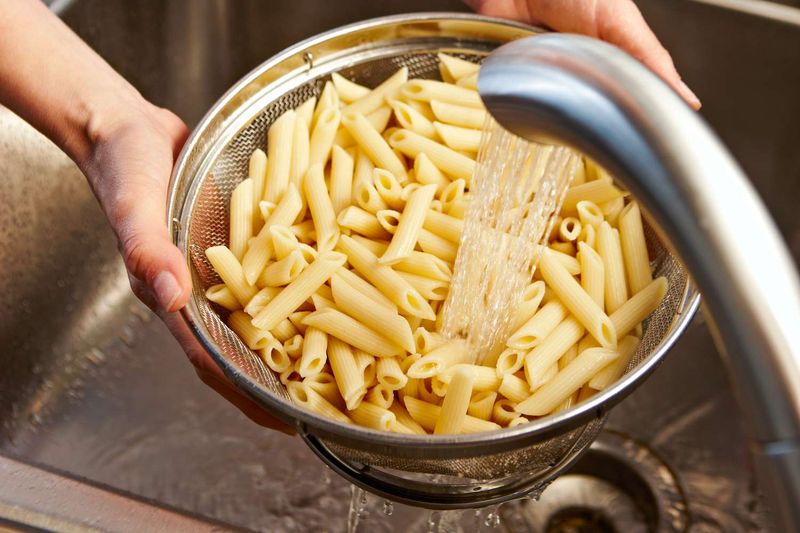
Unless you’re making a cold pasta salad, rinsing cooked noodles is a mistake. That thin, starchy layer on the surface helps sauces cling. Rinsing washes it all away—and dulls the flavor, too.
For the best texture and sauce coverage, drain the pasta and go straight into the sauce pan. That’s how Italians do it, and for good reason.
4. Salt Your Food After It’s Cooked, Not During
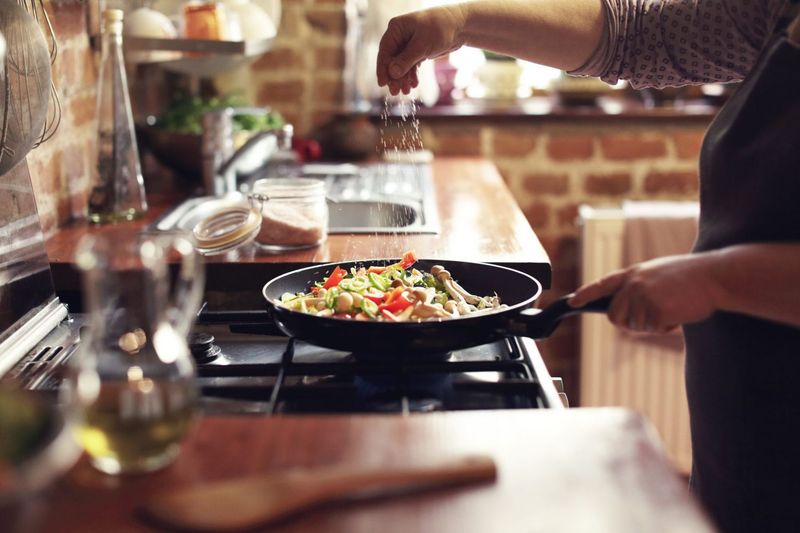
Salting only at the end gives you surface salt—not depth. Food tastes better when it’s seasoned gradually, allowing flavors to build and blend.
Adding salt while cooking helps pull moisture, intensify aroma, and make ingredients taste like themselves. Don’t wait until it’s too late.
5. Use Olive Oil For Everything, Even High-Heat Cooking

Extra virgin olive oil has a relatively low smoke point. Heat it too high and it breaks down, becoming bitter and potentially unhealthy.
For stir-frying or deep-frying, use oils like avocado, canola, or grapeseed. Save the fancy olive oil for drizzling, dipping, and salad dressing.
6. If It Smells Fine, It’s Safe To Eat
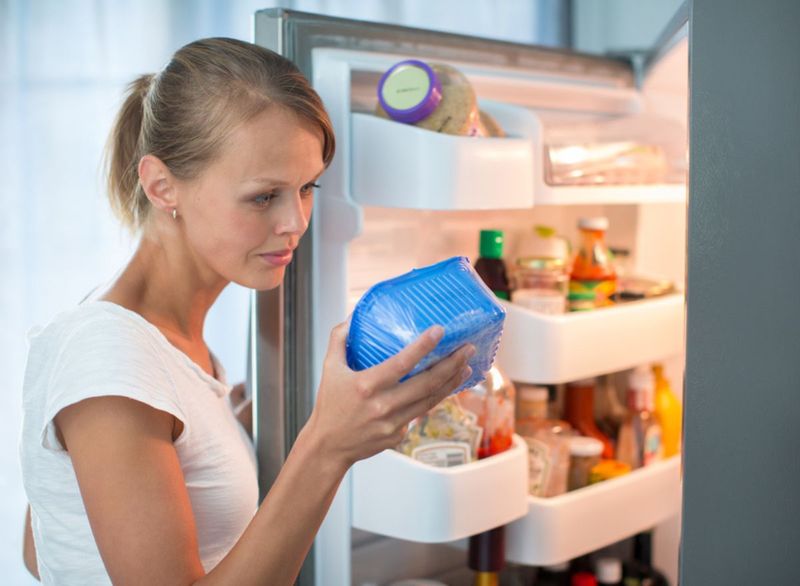
Some of the most dangerous bacteria—like Listeria or Salmonella—don’t produce any off smells, slime, or visual changes. Food can look and smell perfectly normal while still being unsafe.
When in doubt, follow storage timelines and food safety rules. A clean scent isn’t a green light.
7. Always Flip Meat Only Once On The Grill

Flipping once is old-school grill advice that doesn’t hold up under science. More frequent flipping can actually promote even cooking and reduce drying.
It also prevents burning and helps develop better browning on both sides. Grill confidently and flip when needed.
8. Raw Veggies Are Always Healthier Than Cooked

While raw vegetables do offer enzymes and freshness, some nutrients are more bioavailable after cooking. Lycopene in tomatoes and beta-carotene in carrots increase with heat.
Steamed, roasted, or sautéed vegetables can bring out sweetness and improve texture. A mix of raw and cooked gives you the best of both.
9. You Can’t Refreeze Thawed Meat

As long as the meat was thawed safely in the refrigerator and hasn’t sat at room temperature, it’s perfectly safe to refreeze. The texture might change slightly, but the safety isn’t compromised.
Be sure to wrap it tightly and label it. Don’t refreeze anything that’s been left out or thawed in warm water.
10. Use Cold Butter For Everything
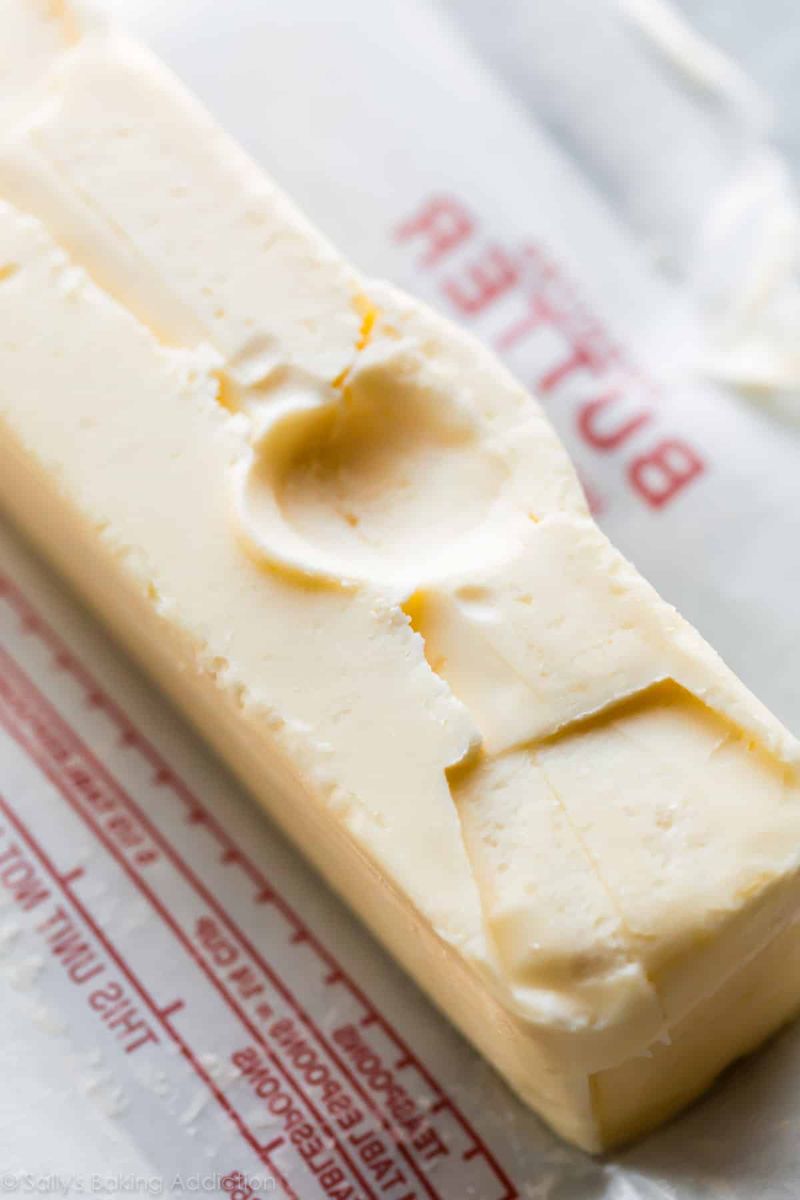
Cold butter works well for pie crusts and biscuits, where flakiness is key. But in most baking—especially creaming for cookies or cakes—room temperature butter is essential.
Soft butter blends smoothly with sugar, creating air pockets that give rise and tenderness. Cold butter stays clumpy and leaves you with dense batter.
11. Only Fresh Herbs Are Worth Using
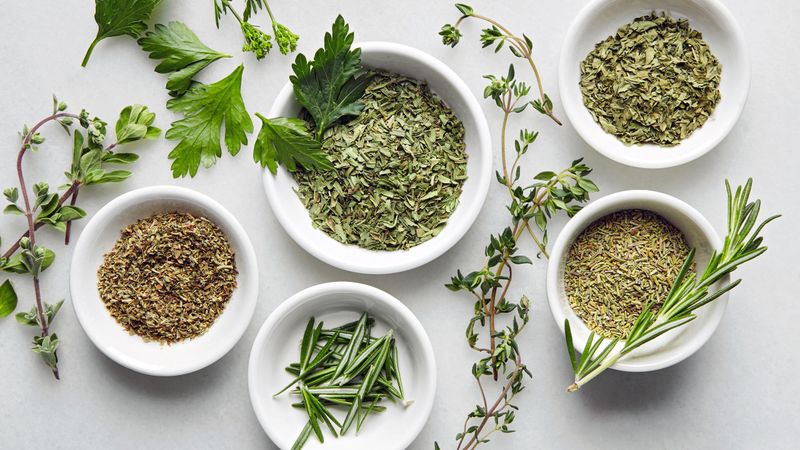
Fresh herbs shine when added at the end of cooking or used raw. But dried herbs have their own magic—especially in soups, stews, and roasts where long cooking allows their oils to bloom.
A sprinkle of dried oregano or thyme can build big flavor in braises. Think of them as different tools in the same kit.
12. Boil Your Ribs Before Grilling
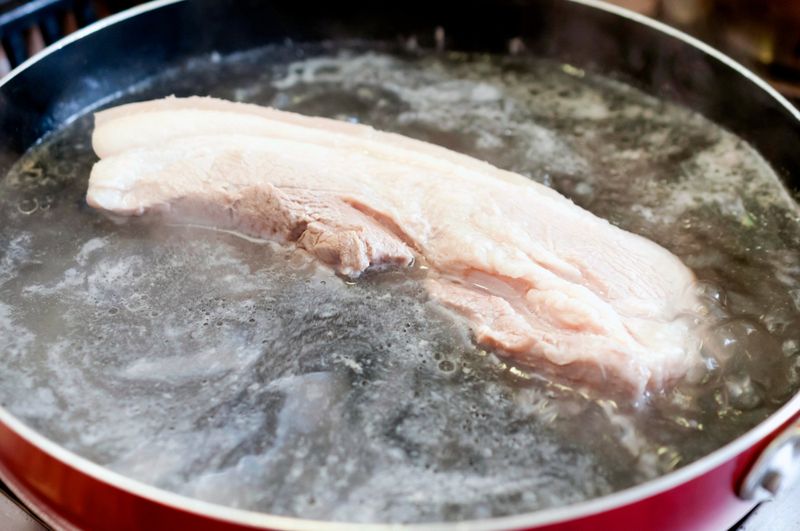
Boiling ribs leaches out fat, flavor, and tenderness. It may speed up cooking, but it drains the meat of its soul.
For fall-off-the-bone ribs with real depth, go low and slow in the oven or smoker. Let the fat render and the smoke do its job.
13. All Fat Is Bad
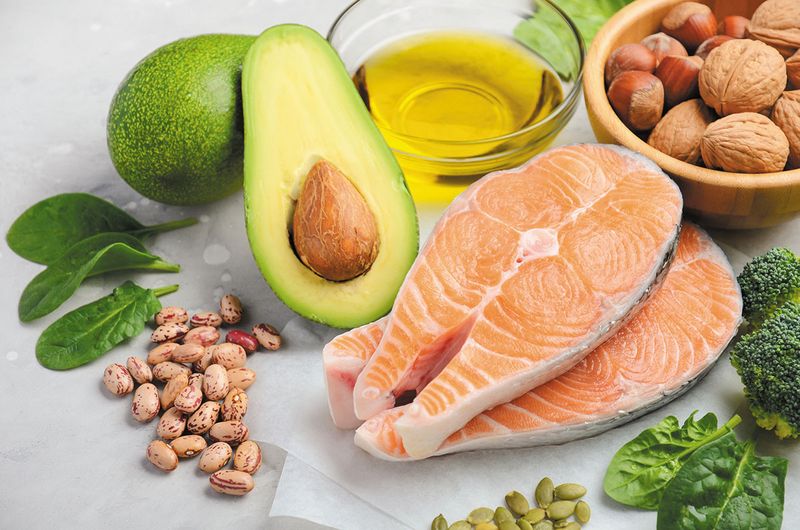
Healthy fats are essential for brain function, hormone production, and absorbing nutrients like vitamins A, D, E, and K. Avocados, nuts, seeds, and olive oil are nutritional powerhouses.
What matters is balance, not fear. Skip the trans fats, but welcome the good ones into your kitchen.
14. Add Oil To Pasta Water To Keep It From Sticking
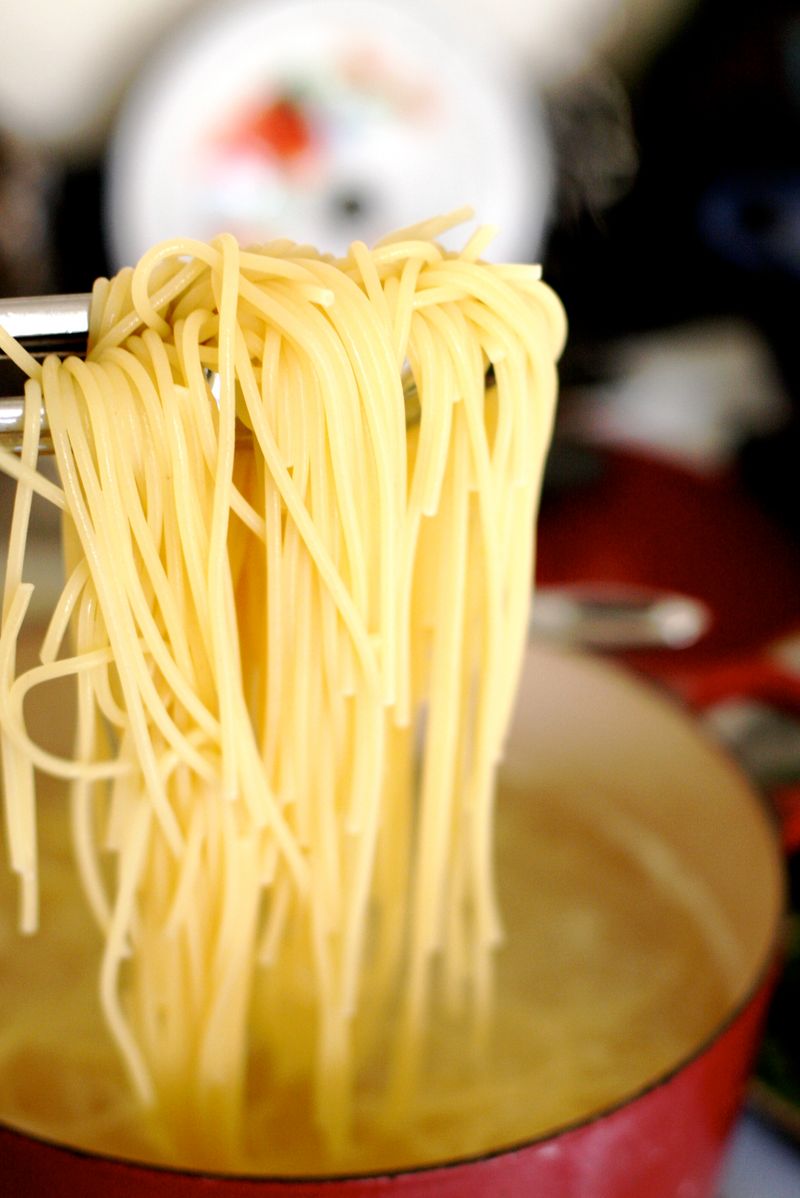
Oil floats and never touches the noodles, so it doesn’t actually prevent sticking. Worse, it can coat the pasta and make sauce slide off.
A better fix is stirring the pot a few times during the first minutes of cooking. That’s all it takes.
15. Bread Never Goes Bad, Just Toast It
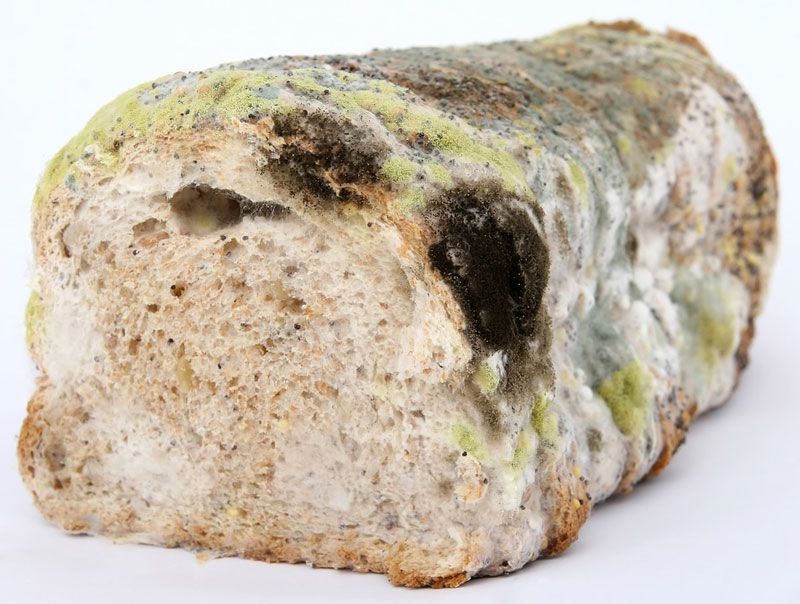
If bread is moldy, toasting won’t fix it. Mold spores run deep and heating doesn’t destroy the harmful toxins they leave behind.
Even if only one slice shows green, the rest is risky. Trust your eyes and toss it—better safe than sick.

